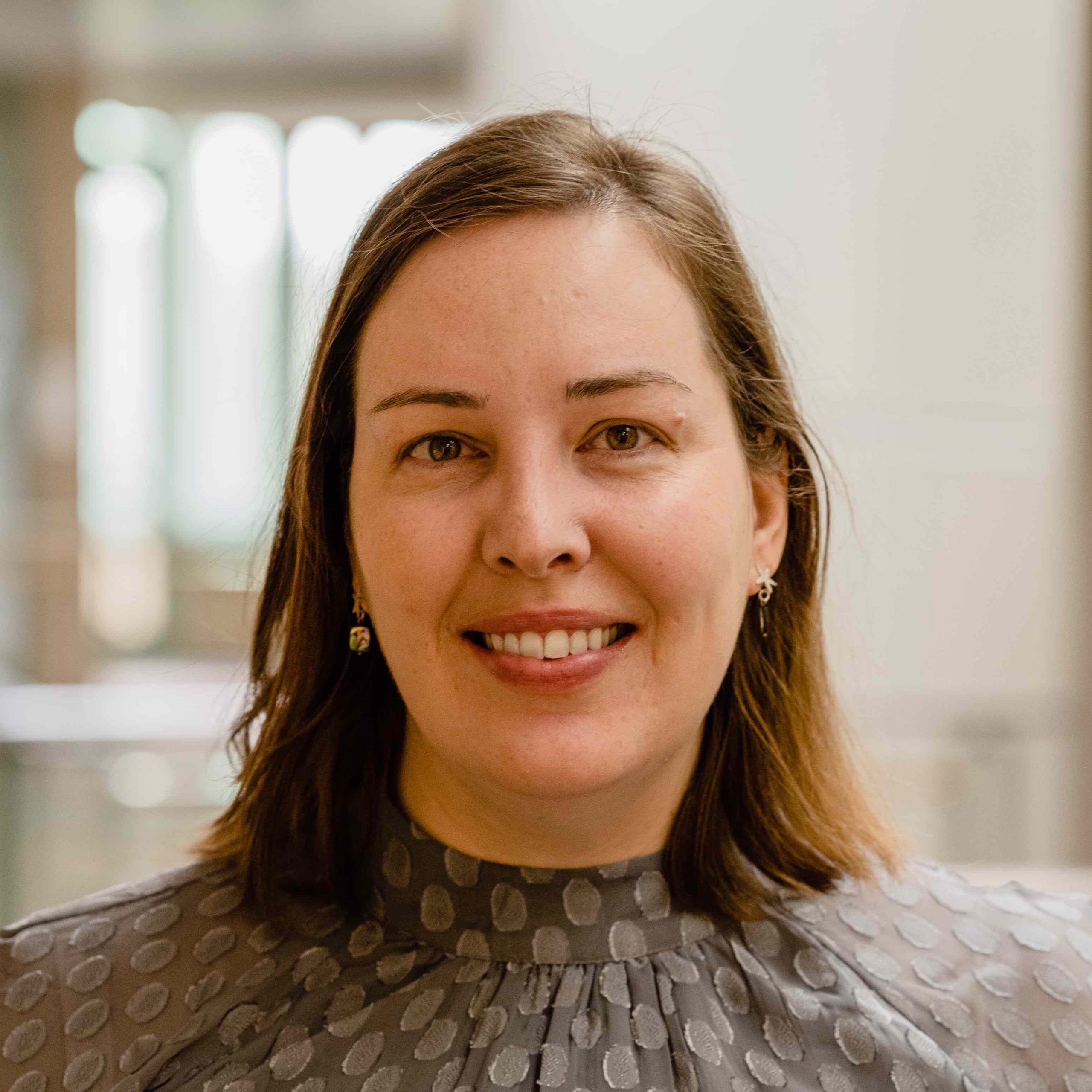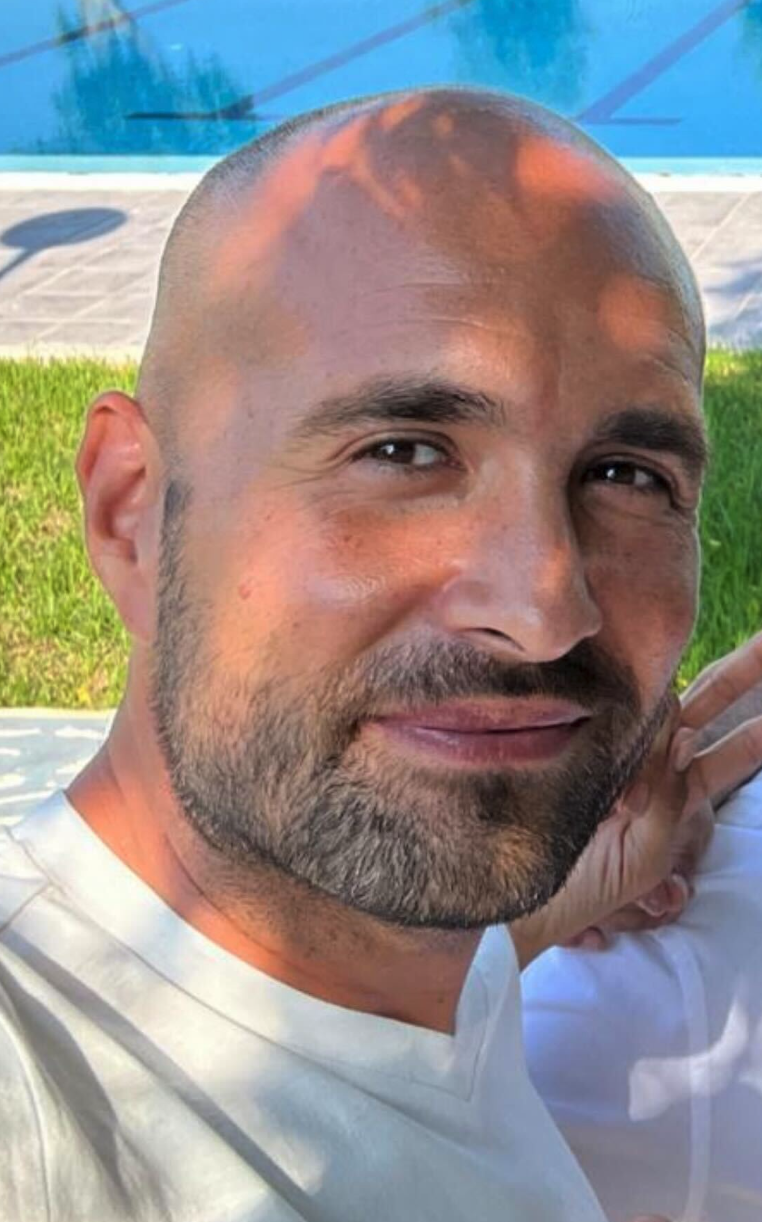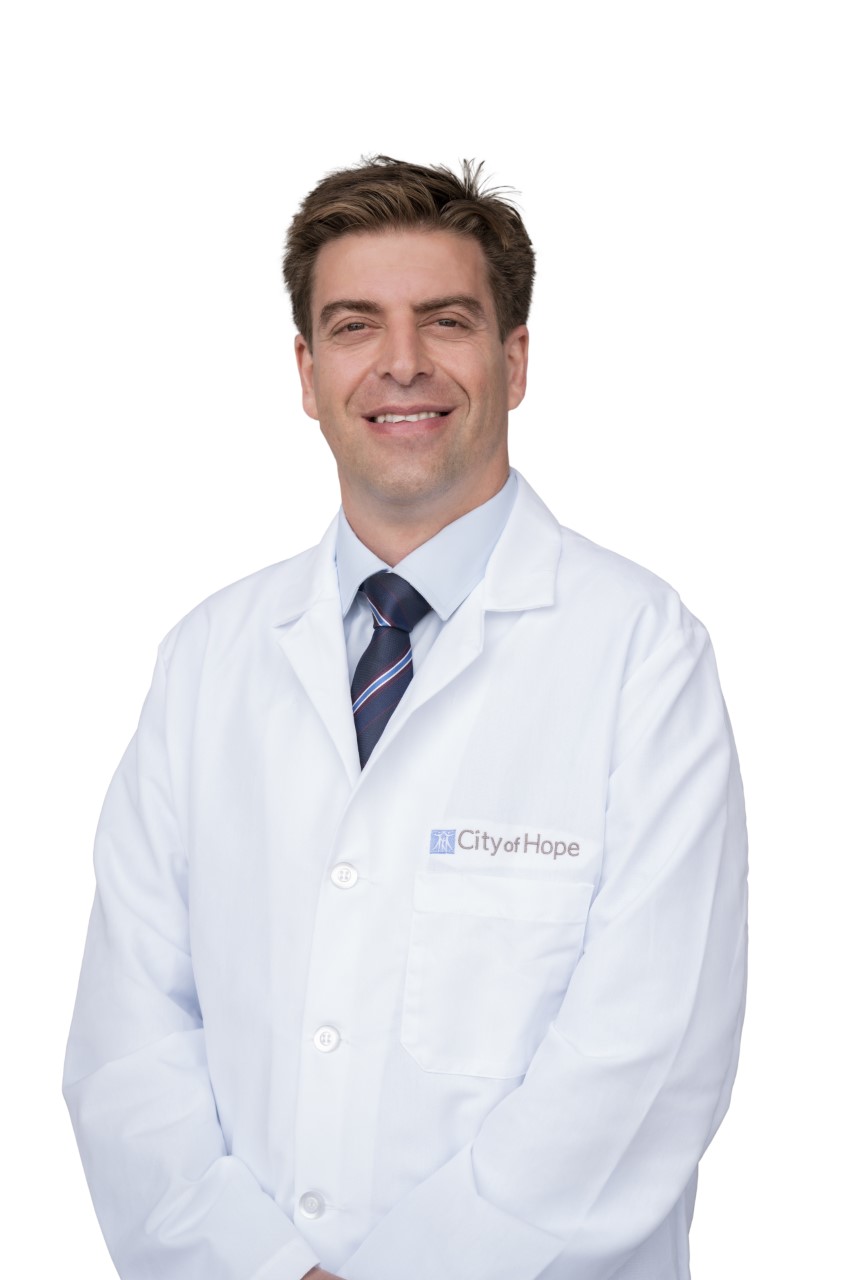Lisa Wagar, PhD
Assistant Professor in the Department of Physiology & Biophysics at the University of California Irvine

Lisa Wagar is an Assistant Professor in the Department of Physiology & Biophysics at the University of California Irvine. Dr. Wagar earned her PhD from the University of Toronto and completed a postdoctoral fellowship at Stanford University in Dr. Mark Davis’s lab. The foundation of her lab’s research is investigating how the specialized microenvironment of lymphoid tissues regulates antigen-specific adaptive immune responses. Dr. Wagar’s group uses an immune organoid model derived from primary human lymphoid tissues to study how a variety of host factors and antigen factors contribute to inter-individual differences in vaccine responses.
Talk: Predicting immunogenicity using human tonsil organoids
Abstract: The essential features of a highly effective vaccine are that it stimulates a robust, specific, and durable adaptive immune response. For respiratory pathogens, an effective vaccine should also elicit a local immune response in the respiratory tract to mediate protection. Historically, vaccine testing has been largely empirical, so it has been challenging to rationally design vaccine candidates with these properties. Additionally, responses in animal models are poorly predictive of vaccine responses in humans. To bridge the current gap in informed vaccine design, it is therefore critical that we understand the cellular dynamics underlying human adaptive immune responses during a vaccine response. To achieve this, we use a human immune organoid model derived from primary tonsil tissues that are collected from otherwise healthy tonsillectomy patients. In our recent work, we used the tonsil organoid model to track antigen-specific B and T cell responses to influenza antigens using a multi-omics approach, including high parameter flow cytometry. Each antigen format elicited distinct B and T cell responses, including differences in their magnitude, diversity, phenotype, function, and breadth. These differences culminated in striking changes in the corresponding antibody response. We show that a major source of antigen-associated variability lies in the recruitment of naive vs. memory B cells to the response. These findings have important implications for vaccine design and the generation of protective immune responses against respiratory pathogens.
Timothy O’Sullivan, PhD
Assistant Professor of Microbiology, Immunology, and Molecular Genetics at CLA

Dr. O’Sullivan is an Assistant Professor of Microbiology, Immunology, and Molecular Genetics. He received his Bachelors of Science Degree (B.S.) from Cornell University and his Doctor of Philosophy Degree (Ph.D.) in Biomedical Science from the University of California San Diego. Dr. O’Sullivan’s thesis work focused on the interactions between the innate immune system and cancer. Dr. O’Sullivan subsequently completed his American Cancer Society postdoctoral fellowship at Memorial Sloan Kettering Cancer Center where he studied the role of circulating and tissue-resident innate lymphoid cells (ILC) during viral infection and diet-induced obesity. Dr. O’Sullivan established his own laboratory at UCLA in 2017 where his laboratory leverages systems immunology analyses of clinical datasets to perform functional CRISPR screens in mouse and human innate immune cells to identify critical regulators of pathogen-induced and sterile inflammation.
Talk: Everything Everywhere All at Once
Francisco Javier Martinez Hernandez, PhD
Postdoctoral Scholar at Orphan Lab in the Division of Geological and Planetary Sciences of Caltech

Francisco Martinez-Hernandez (Fran) completed his thesis at the University of Alicante (Spain) in the laboratory of Dr. Manuel Martinez. In his research, he studied viral diversity in different ecosystems, optimizing and applying the Single-virus genomics methodology to environmental and human samples. Currently, in the laboratory of Dr. Orphan at Caltech, Fran intends to employ his skills in flow cytometry and virometry to evaluate the relevance of these subcellular biological agents and analyze their role in shaping different ecosystems.
Talk: Small, smaller the smallest: The use of flow cytometer in the “nanoworld”
Abstract: The application of flow cytometry to the bacterial world has allowed us to expand our knowledge of microbial diversity and eco-physiology, gaining a better understanding of their role and relevance in global ecosystems and human health.At a smaller size scale and with much shorter genomes than bacteria, we find viruses. These biological agents are capable of infecting and controlling any form of life, through lysis, transfer of genetic information, or by hacking the complex cellular metabolism. The application of flow cytometry to the study of these viral communities (flow virometry) opens a promising way to expand our knowledge about the virosphere.Through single-virus genomics (sorting and sequencing of viruses one by one), we have been able to sequence the genomes of some of the most abundant and widespread viruses in environmental and human samples, previously unknown due to the impossibility of reconstructing their genome with other current methodologies. Going even further, the methodology of Viral-BONCAT genomics allows us to identify, classify, and sequence those viruses that are actively infecting the cells of a community.Advancements in cytometer resolution and optimization of staining procedures open the door to new levels of complexity in the nanoworld, such as the study of extracellular vesicles or other subcellular elements, because remember, small things matter.
Lior Goldberg, M.D., M.Sc.
City of Hope Comprehensive Cancer Center, Department of Pediatrics and T Cell Therapeutics Research Laboratories

Dr. Lior Goldberg, M.D., M.Sc., is a physician-scientist at City of Hope Comprehensive Cancer Center, Department of Pediatrics and T Cell Therapeutics Research Laboratories. His clinical practice and scientific interest in immunotherapy greatly complement each other. Specifically, he is interested in chimeric antigen receptor (CAR) T cell biology in the central nervous system (CNS).
Talk: Dissecting CAR T cell spatiotemporal biology using mass cytometry
Abstract: The CNS is an important sanctuary niche in pediatric B-cell acute lymphoblastic leukemia (B-ALL) and CNS involvement has important prognostic and therapeutic implications. Studies have demonstrated the safety, feasibility, and immense potential of treating CNS leukemia with chimeric antigen receptor (CAR) T cells, yet some patients display partial or short-lived response. In his presentation, Dr. Goldberg will discuss his research on elucidating CAR T cell trafficking and metabolic adaptation in the CNS to develop strategies to enhance CAR T cell efficacy for pediatric CNS leukemia.
